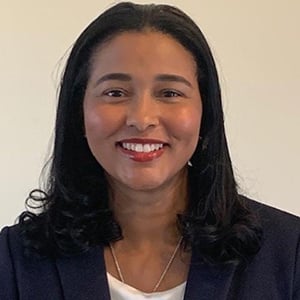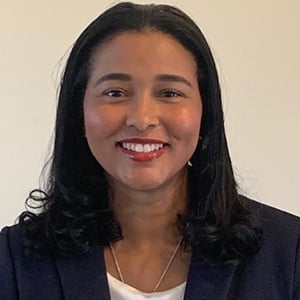What’s the hot topic/latest trend in your industry?
As a Faculty Chair at DeVry University, my colleagues and I are currently exploring the latest trends in our department and specifically on organizational change management (OCM). These are important classes that are held as a part of the MBA at Keller Graduate School and in Human Resource Management.
The first is the impact of remote, hybrid, and onsite staffing models on organizational change. With the pandemic shifting the way we work; it is essential to understand how these different models affect organizational change efforts and how we can adapt to them. To thrive in today’s environment, organizations need to not only be agile and mindful of the bottom line but also, employees’ mental and physical health, business productivity, collaboration, family dynamics, commute and cost of living.
The second topic we are focusing on is retention. As leaders increasingly recognize the importance of retaining talent, we are exploring how to create effective change management strategies to retain employees and improve employee engagement. Change is necessary to keep up with today’s trends, while talent acquisition is essential for finding the right people to help drive the organization forward. By understanding the importance of both, organizations can ensure they are well-positioned to succeed in the future.
Lastly, we are looking at the role of professional and personal development in organizational change. We believe that investing in the development of our team members is critical to achieving successful change, and we are exploring new and innovative ways to promote learning and growth in the workplace. By staying up-to-date with these hot topics and the latest trends, we can better prepare our learners to lead change efforts that make a positive impact on their organizations and communities.











